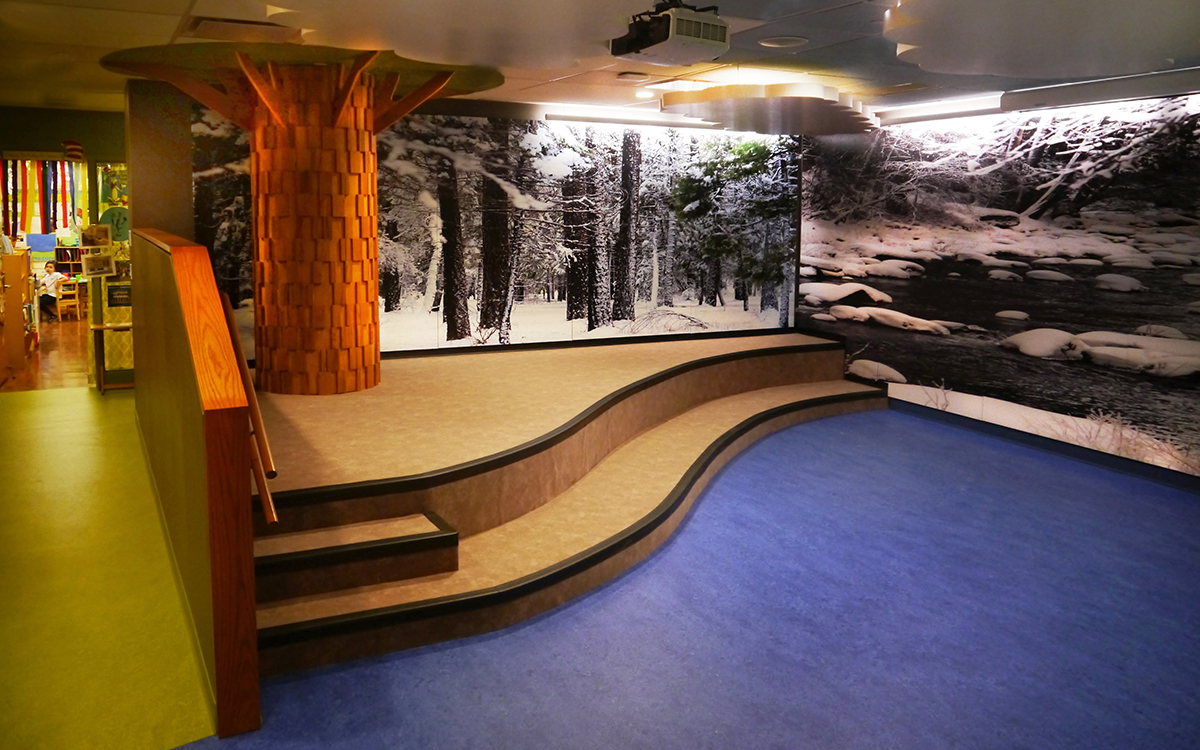Improving Your School – Part 5: Decluttering Your Classroom
The typical early childhood classroom is thoroughly decorated, but does all of this visual noise provide inspiration or just distraction? One study showed some interesting results.

minimizing distractions in the classroom
With the onslaught of media in their lives, many parents are concerned their children are over-stimulated and have trouble focusing. Clearly the diagnosis of ADD and ADHD is on the rise. We also know that children tend to be more easily distracted at an early age and less so as they get older.
It is ironic, then, that a typical early childhood classroom (K-2) is often completely festooned with calendars, letters and artwork. Mobiles dangle from the ceiling. There often isn’t a square inch of space not covered for our most easily distractible age group.
With this context in mind, researchers at Carnegie Mellon University recently completed a study to determine if students learned more in an uncluttered classroom versus a traditional decorated classroom. Similar lessons were taught to two different groups in the two classroom types. The results indicated that in fact students were better able to focus in the uncluttered room and as a result, learned more and tested better.
Given the distractability of young students, this only makes sense. If you want them to focus on the lesson, don’t provide a myriad of alternatives. As you can see from this video, the de-cluttered room was quite stark and bare. Perhaps there is a balance to be struck between minimizing visual distractions and creating a student-friendly environment.